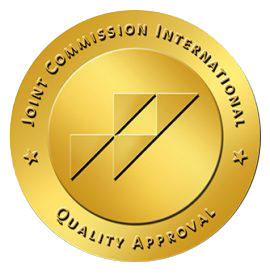Early signs of a heart attack may feel like flu or indigestion. Other signs include:
- Pain, pressure, fullness, burning or squeezing sensation in the center of your chest behind the breastbone
- Radiating pain that starts in your chest and spreads to the arms, neck, jaw, shoulders or back
- Chest pain accompanied by nausea, sweating without fever, light-headedness, faintness or shortness of breath
- Any prolonged discomfort in your torso, arms, abdomen or jaw that is associated with shortness of breath, troubled breathing or nausea
It’s clinically proven: the sooner treatment begins for a heart attack, the better the outcome. If a problem is detected through your (Health risk appraisal) HRA or your personal physician, a variety of state-of-the-art diagnostic tools are available from MLH Cardiac Dept.. Some of those tools include:
- Electrocardiograms (EKGs)
- Treadmill stress testing
- Echocardiograms
- Thallium stress testing
- HOLTER
- Cardiac Catheterization
- Associated labwork
- Telemetry Monitoring
Leave a reply 






